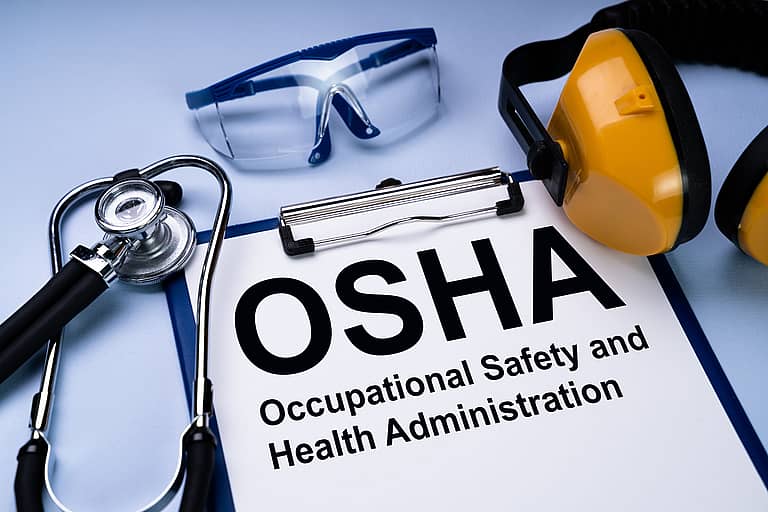Last week, OSHA announced a notice of proposed rulemaking to revise regulations regarding who can be authorized by employers to act as their representative to accompany compliance officers during workplace inspections. The proposed rule clarifies that employers may authorize an employee, or they may authorize a non-employee third party, if the compliance officer determines that the third party is “reasonably necessary” based on their skills, knowledge, or experience.
Do you know who would accompany an OSHA inspector at your company if they showed up unannounced? Would personnel working at the entrance to your facility be prepared, know who to contact, and how to proceed in order to get the inspection started off on the right track?
Being prepared is essential! If you have not done so already, take the time to prepare your staff and your EHS program for a spot inspection. The perception of an organized program from the minute the inspector walks through the door is key to a successful inspection.
We recommend developing written inspection guidelines, which are essentially cheat sheets, to be used in the event of an OSHA inspector, or other regulator, showing up at the front door. The guidelines should include which employees (and third party if applicable) should be contacted. It’s recommended that a primary contact be identified who is a senior company official who can speak on behalf of the company, as well as a secondary point of contact. In addition, the names of the applicable safety officers should be listed.
The guidelines should instruct the person greeting the inspector to check the regulator’s credentials, and to bring them to a conference room while waiting for the contact person to arrive. They should also include general instructions such as always escorting the inspector and offering the appropriate personal protective equipment (PPE).
In addition, the inspection guidelines should include the location of important documentation including written safety manuals, training records, safety data sheets (SDSs), safety equipment inspection records, incidents reports and related OSHA records such as OSHA 300 logs. If applicable to your facility, the location of personal protective (PPE) hazard assessments and hepatitis B vaccination declination forms should also be provided.
Once the inspection guidelines have been developed and reviewed by the appropriate personnel, training should be conducted for the receptionist(s), primary and secondary contacts, safety officers, and other individuals that may be called in the event of an inspection. Training should include a review of the inspection guidelines as well as general instruction including how to talk to a regulator such as only answering the questions asked, not providing more information than requested, and being helpful and not argumentative. The need to take notes and pictures of items the regulator notices should be communicated as well as what questions the regulator might ask.
The importance of showing an organized EHS program cannot be understated. Regulators dig deeper when they feel that a program is not organized. Having organized central safety files to easily retrieve requested documents can make an unannounced regulatory inspection run smoothly. It also shows the regulator that safety is important to the company and the program is well run.
For additional information on preparing for an OSHA inspection, or for help developing and implementing inspection guidelines at your facility, please email us at [email protected].
This blog was written by Beth Graham, Safety Partners’ Director of Quality, Research, and Training.


